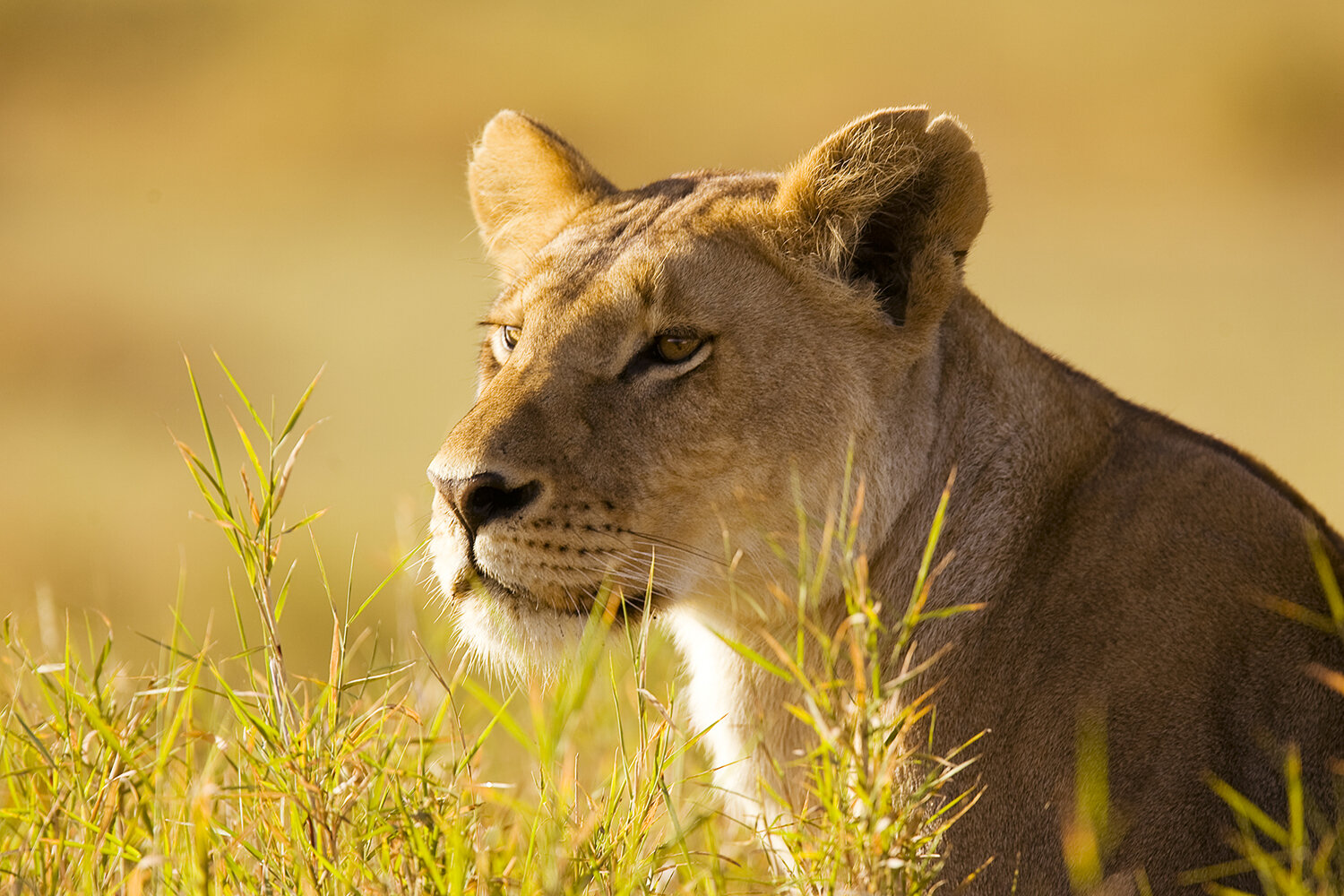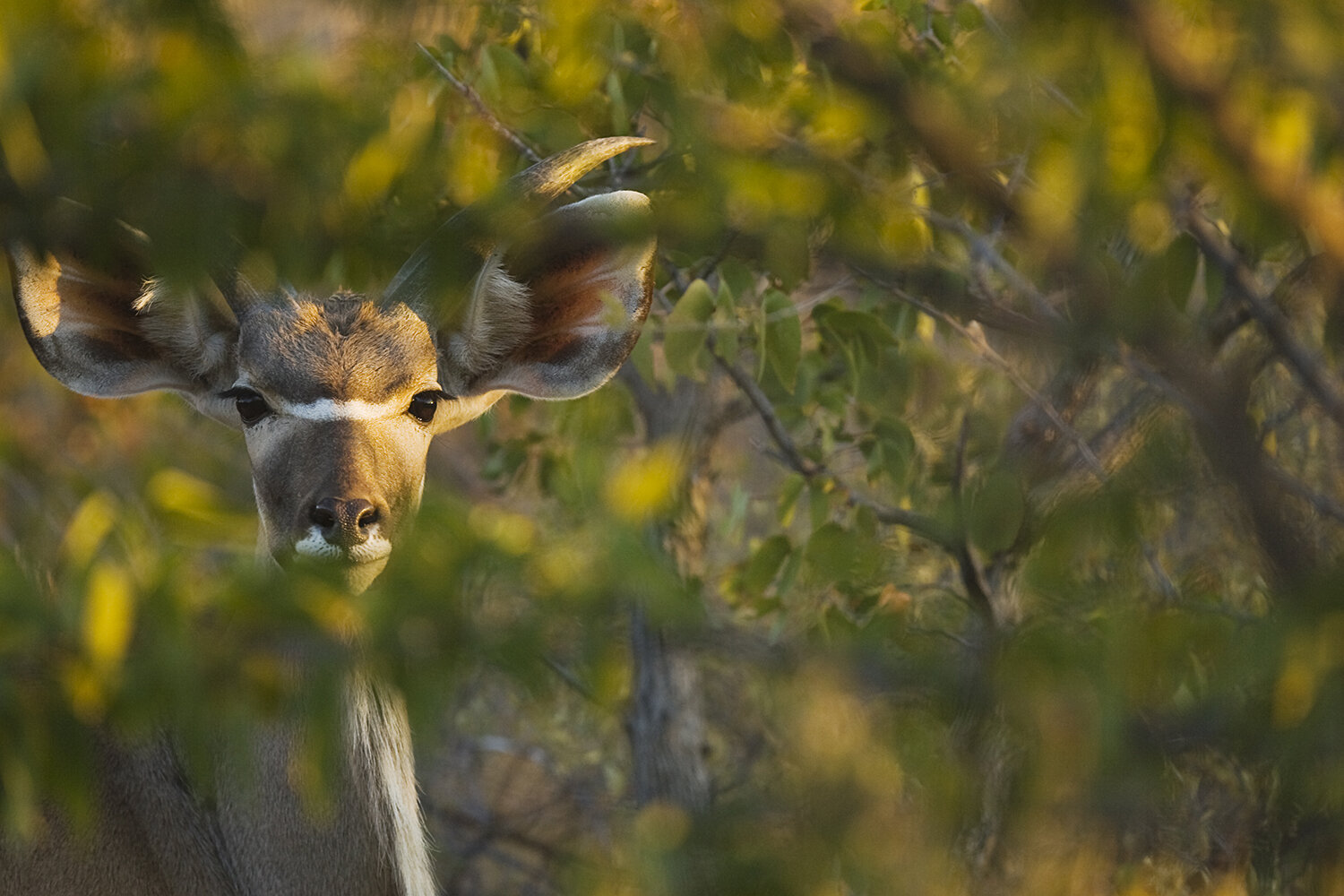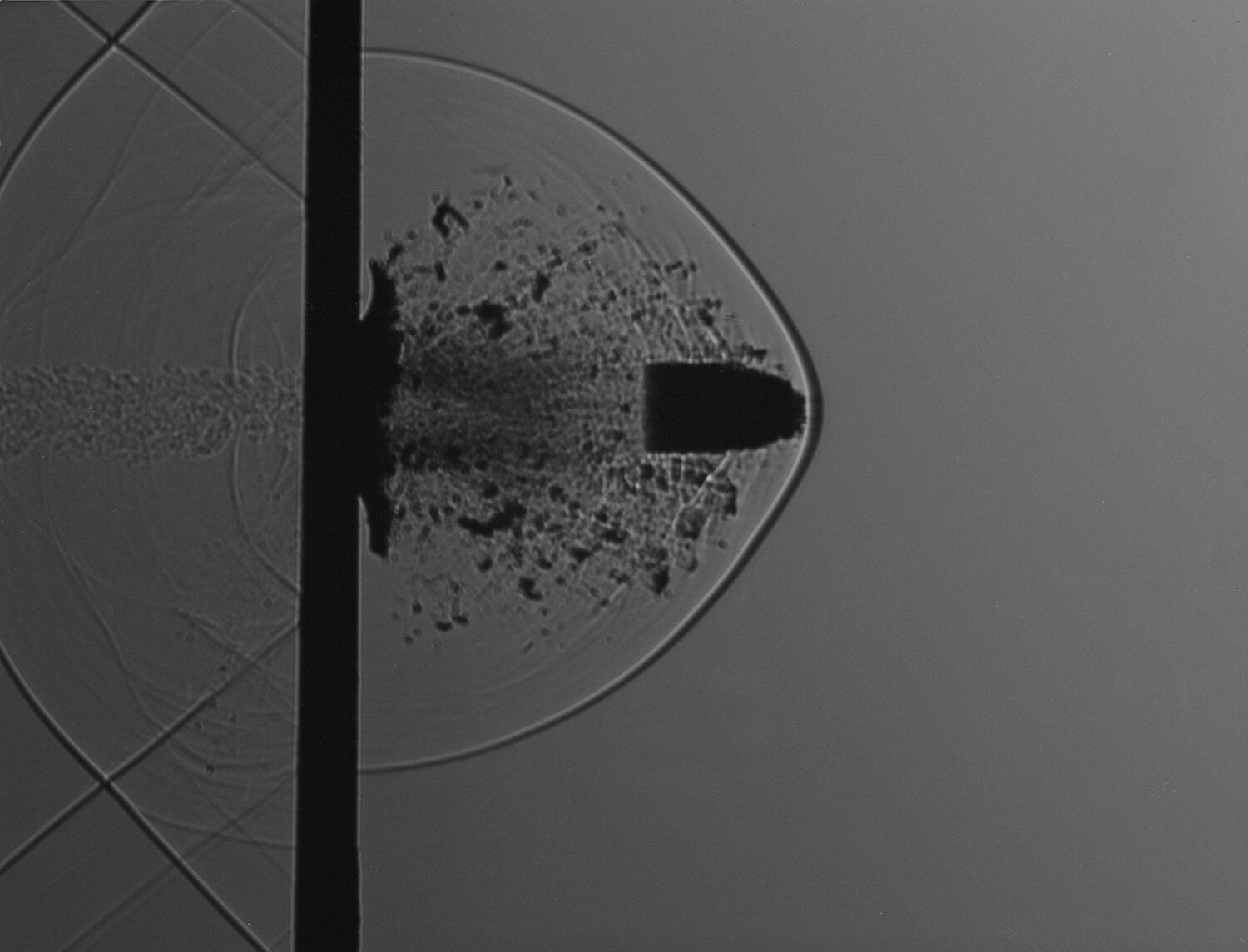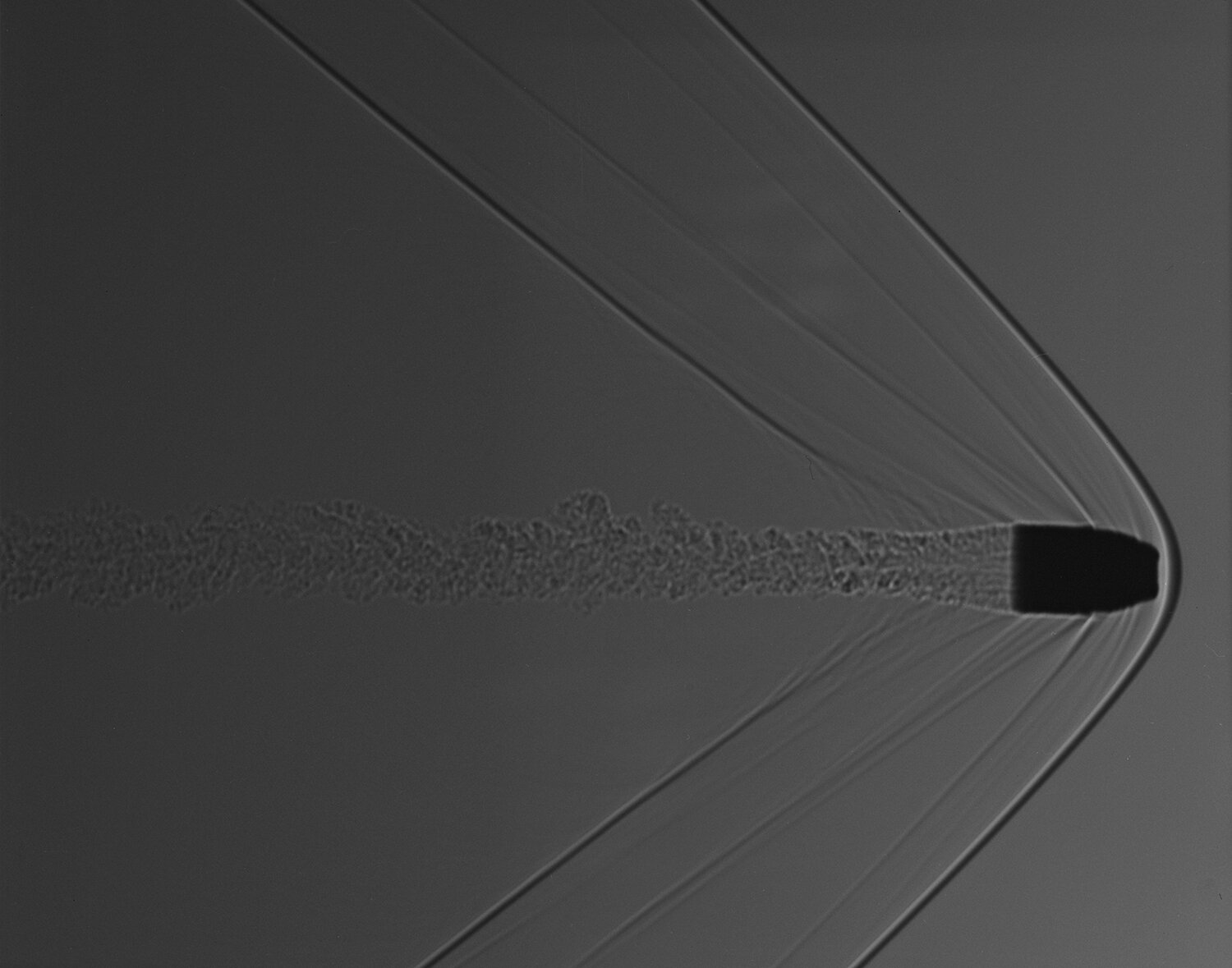Each day began about 4:30 am. Gear in hand, wrapped snugly in blankets keeping me warm in the cool pre dawn hours, I hopped into our open roofed Toyota Land Cruisers. The animals move at first light and I wanted to be there when they began to prowl. I shot till noon. A quick shower, followed by a spectacular feast for lunch, we had two hours to down load cards, clean lenses, and review our notes before heading back out in the bush.
Dinner at eight, two hours of downloading, battery charging, planning the next day’s shoot. Dead in bed by eleven. Ready to do it all again the next day. How good can it get!
I shot in the Namib Desert and the Sossuvlei in Namibia, the Kalahari Desert and Okovango Delta region of Botswana, before shooting in the Ngorongoro crater and Serengeti plains of Tanzania. Knowing I might never be at any of these places again, I shot each day like it was my last day on earth.
It took two days of traveling to position ourselves in our first camp, Duma Tau deep in the Okavango Delta, Botswana. But it was well worth the effort. A big advantage for photographers in Botswana is the ability to drive off road, deep into the bush, in the quest to find the wildlife, very wary of dirt roads and people. Most African countries severely restrict safari vehicles to designated dirt trails. Observing the animals from a vehicle on a road can prove to be both visually restrictive and very frustrating.
Rangefinder Magazine- Shooting Like my Last Day on Earth by Joe Morahan
The Land Cruisers are perfect vehicles for bush travel, capable of traversing sandy desert terrain, crossing small rivers, and moving steadily through muck in swampy environments, climbing over downed trees, (a favorite trick of elephants whom want to reach the fruit on high branches which remain out of reach and simply knock them down), and crushing bushes that block the way in heavy thicketed areas.
I was rewarded for my efforts by filming four of the ‘big five’, Lion, Leopard, Buffalo and Elephant during our first twenty-four hours in the bush. Only the Rhino escaped us that first day.
Duma Tau is located on the edge of the Okovango Delta providing plenty of food and water for the animals, making it an attractive place for most forms of wildlife. There was no shortage of either game or action here.
Every hour or so we saw amazing sights; Lions leisurely making their way to a drinking hole at sunset, the other animals all scattering at their scent; coming upon two Cheetahs devouring the delectable delights of their kill; a quick face off between a pod of elephants and several cheetahs, who got the message quickly and slipped off into wilderness; and a very large hyena which intimidated two cheetahs away from their kill. An auspicious beginning.
We then flew into the heart of the Okovango delta, to an island camp named Xigera. Rainfall had been unusually heavy in the Angola mountains to the north in the past year and the runoff gradually made its way south to lower ground in the delta. As a result, there was no way into Xigera except by boat and the camp had been provisioned for nearly a year solely by boat, a logistical headache.
At Xigera, there were only two ways to view the wildlife, by macorros, indigenous hand-carved boats that resemble canoes. Piloted by tribesmen who propel them through the water by a stick they push against the muddy swamp bottom, the macorros glide silently through the reeds, stirring to life only the insects living amongst the tall water grasses. The other is by motorized flatbed boats very similar to the machines used by the locals in the Florida Everglades. You cover more territory by motorboat, but you appreciate more of the delta in a macorro.
However, a word of caution, there is little movement allowed in a macorro. Its sleek design is ingenious for slipping over or through the tall waterborne grasses, but it is not designed for surviving rough waters or weight shifting passengers. Flipping your macorro in the delta is potentially lethal; drowning is only one risk you assume. Other more dangerous risks include death by crocodile, hippopotamus, Cape Buffalo and all sorts of venomous watersnakes. Once you have seen lions swimming in the delta, one knows not to rock the boat!
Water everywhere makes shooting a bit more complicated, but does present advantages. Just before sunrise one morning, I noticed an impala relaxing in the reeds, awaiting the rise of the early morning Sun. As the sky began to light up just moments before the Sun would break through the horizon, I got an idea for a shot. We maneuvered the macorro into position so as to put the Sun’s reflection on the water directly behind the calm animal. It worked as planned. A beautiful shot. A great way to start the day, one image under my belt, only minutes after sunrise!
After a week in the world’s largest inland delta environment, it was time for a change. A flight to the Sossusvlei in Namibia would do that in spades.
The landscape in Sossusvlei looks like the surface of the moon; though on reflection, it’s rust red color made me think I was actually on Mars. Our twin engine plane circumnavigated the surrounding mountains and we landed in the middle of nowhere on a long dirt airstrip in an area devoid of buildings and people. There were no signs of any life whatsoever. Willowy but sparse eight inch high white grass grew out of the rocky surface and blew silently in the wind. The grasses your only companion in the Sosselvlei, during the heat of the day.
I shot an image from the landing strip that captures the rocky rust colored road we would need to take to get to camp. It was a curved road, trimmed by the tall bleached white grass, that ran ever so gently uphill to the horizon, where it met the bluest sky I have ever seen. We’d come along way to see the barren beauty of the Sossulvlei and its first impression was certainly impressive.
As starkly beautiful as the Sossulvlei was, we were not here to shoot the desert; the real prize lay two hours away. We were on the road by 4 am, racing towards the world’s largest and tallest complex of sand dunes. Nearly 40,000 square miles of monstrous, ever-changing dunes fill the landscape. The dunes turn fire red in the morning sun and yield fantastic images as the shadows cross the myriad of shapes the wind has carved in the sands. The natural built-in composition of the dunes is a photographer’s dream come true.
Situated more than a mile inside the dunes, just beyond the world’s tallest dune, a monster of a dune, known affectionately as, Big Daddy, is one of nature’s best kept secrets. Those willing to trek over the dunes out to the dead lake, called the deadvlei, are rewarded by the magnificent sight of petrified trees that have grown out of the bleached lake bed and stand like iron monuments under the fierce sun, surrounded nearly 360 degrees by monstrous dunes.
The lake dried out seven centuries ago, but the trees still stand tall and proud in their petrified state. In this part of Namibia, summer temperatures can exceed 120 degrees, with little rain. With humidity levels hovering near zero, there were simply no insects to attack the wood and the dunes shielded the trees from the bite of the high winds that rake the dunes. Hundreds of such petrified trees spot the dry lake bed, and demonstrate nature’s unlimited power to enthrall those willing to go out and find it.
A week in the desert, a week in the delta, four days on Mars, I mean Sossulvlei, we now looked forward to Tanzania. We started off our last week on Safari in arguably the real Garden of Eden, the Ngorongoro Crater.
Crater is really a misnomer as it was not formed by a meteor strike. Rather, it is actually a caldera, the fallen remains of the cone of a dead volcano. More than twelve miles in width, and covering more than 100 square miles, Noah might well have filled his ark here and floated out of Ngorongoro when the great floods occurred, so numerous are the species of animals in the crater.
Herds of thousands and thousands of Zebra and wildebeest fill the horizon, while well-fed lions take shade near the wheels of our safari vehicle. We sit there and wait for the King of the Jungle to rouse from his nap. Bored with lions lying only three feet from you, we gawk at the sight of tens of thousands of flamingoes that turn the lake waters red; shoot threatened rhinos as they feed in the wet areas of the crater. We catch a pack of thirty plus hyenas come upon a pride of lions enjoying the taste of a recent kill. The hyenas surround the lions, intent upon finishing the meal the lions started. But you go after the King, you better finish him off. The hyenas didn’t have the courage and a few angry lioness show the hyenas just who is boss. The hyenas back off. The lions sleep the sleep of kings next to their kill. The hyenas still wait their departure as we drive off.
We are spoiled; witnessing lions stalking their prey, a cheetah running down an antelope, kites dive bombing unwitting tourists and stealing their sandwiches. Action from sunrise to sunset.
From the crater we traveled to one of the most amazing places on earth, Serengeti National Park. I remembered a quote from my childhood, a story of Africa. Paraphrased it went something like this: “Everyday in the Serengeti, an impala awakes and thinks, ‘Today I must out run the fastest lion or I will die.’ And that very same morning, a lion awakes and thinks ‘I must out run the slowest impala or I will starve to death. It doesn’t matter whether you’re an impala or lion, when the sun comes up, you’d better be running.”
My experience in the Serengeti proved the adage true, as we followed a pride of lions stalking impalas all morning long. The vast Serengeti plains appear endless with its rolling plains spreading to the horizon in all directions. Umbrella Trees dot the plains, and no matter how long you drive the Serengeti just rolls on. Animals graze everywhere. Enormous herds can be scene moving to and fro.
Kudu, tommies, wildebeest, elephant, hartebeest, warthog, giraffe, Zebra catch our eye. At water holes and river crossings, hippos eyeball us, nostrils, eyeballs, and improbably small flapping ears the only parts of their huge bodies visible in the dark muddy waters. Prehistoric crocodiles soak up the sunrays on riverbanks, their stillness belying the speed and ferocity they display when the mood strikes them, most notably at feeding time.
Every few hours, we come alert at the sight of lions. They prowl with knowledge that, except for man, there’s nothing to fear. The alpha species of the plains goes where it wants, when it wants. But on the plains, all the other creatures know who the competition is, a very specific creature with the name, LION!
A month of shooting completed, all my hard drives full, more than 240 gigs worth, my computer maxed out, and my ipod erased and no longer filled with my extensive portfolio of songs, but with more of Africa’s images, we begin the arduous two day trek home.
It’s tough traveling with all my gear, hard drives, lenses, tripods, computer, and batteries half way round the globe. Exhaustion sets in. But the worst of it is the concern I have for protecting the integrity of my work product, my images, as I navigate customs in multiple countries, with nosey customs inspectors, x-ray devices, and numerous baggage transfers.
As our flight finally descended into LAX after a grueling forty-eight hours of travel, I looked out the window of the 747 and concluded four things: First, I had truly enjoyed the trip of a lifetime. Second, I knew months of hard work would be required to edit and prepare the 22,000 images I had produced. Third, I was very tired and very stressed. I really wanted to get home. But, last but not least, I admit it; I am an American carnivore. Home would have to wait, I was heading straight to McDonalds.
Filed Under: FeaturesTagged With: Africa, Rangefinder Magazine, star trails, wildlife












